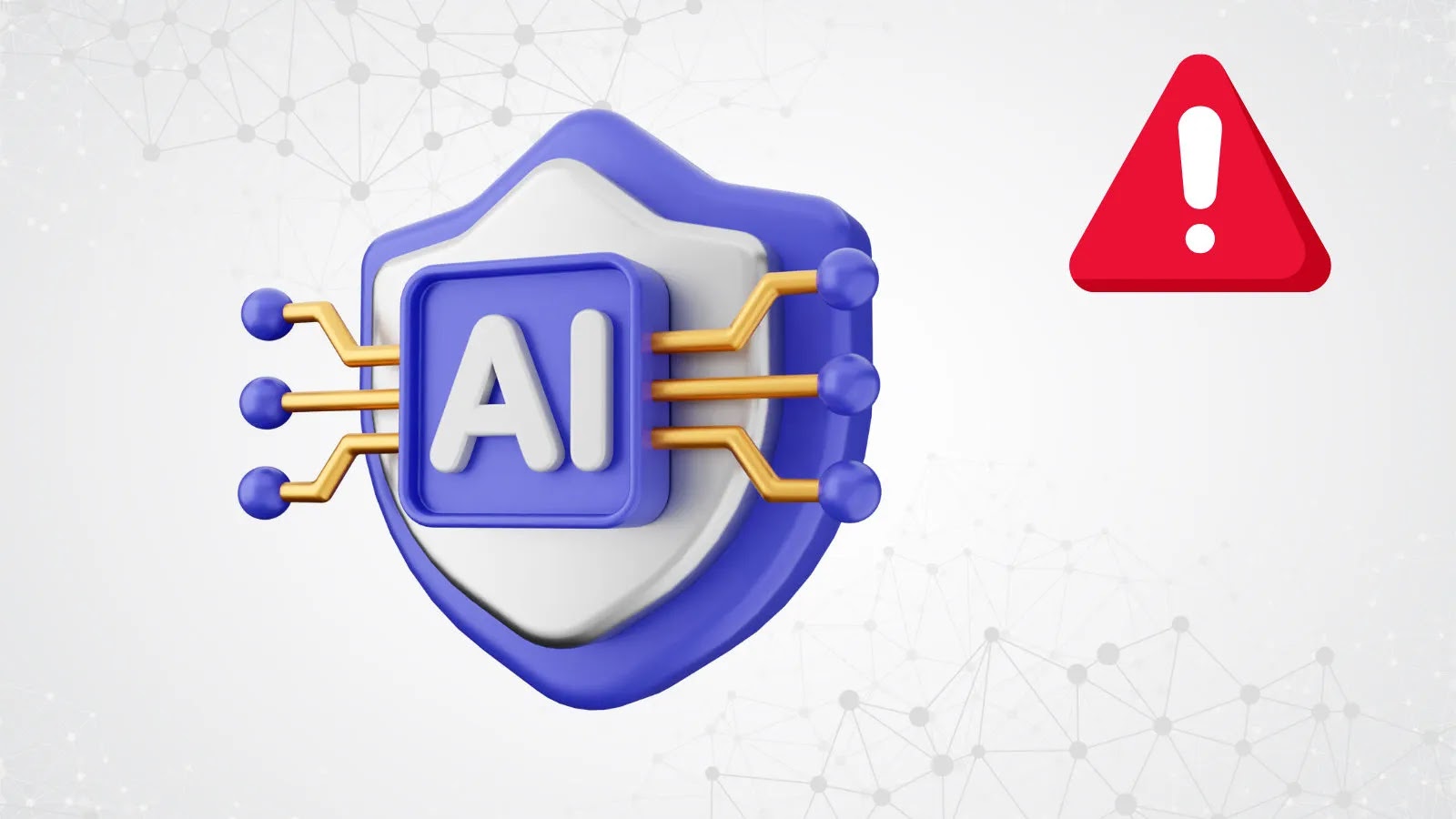The cybersecurity landscape is undergoing a seismic shift with the advent of AI-powered ransomware, marking a departure from traditional malware to more sophisticated, autonomous threats. Recent studies indicate that a significant majority of ransomware attacks now incorporate artificial intelligence, enabling them to adapt in real-time and circumvent conventional security defenses.
Emergence of AI-Driven Ransomware
In August 2025, researchers identified PromptLock, the first known AI-powered ransomware. Developed as a proof-of-concept, PromptLock utilizes large language models to autonomously generate malicious scripts, making each attack unique and challenging to detect. This innovation underscores a paradigm shift where AI facilitates the creation and deployment of ransomware without extensive technical expertise.
Following PromptLock, the FunkSec group emerged, leveraging AI to expedite malware development. Their ransomware, FunkLocker, demonstrates how AI can lower the barrier to entry for cybercriminals, enabling rapid scaling of operations and targeting a diverse range of sectors, including government, defense, technology, and education.
Capabilities of AI-Enhanced Attacks
AI integration has revolutionized ransomware operations through several key capabilities:
– Enhanced Reconnaissance: AI enables malware to autonomously scan networks, identify vulnerabilities, and select optimal exploitation tools, facilitating rapid propagation across IT environments.
– Adaptive Encryption Techniques: AI-powered ransomware can dynamically modify encryption algorithms based on system resources and data types, complicating decryption efforts. By analyzing document content, the malware prioritizes high-value targets, maximizing strategic impact.
– Evasive Tactics: Machine learning empowers ransomware to continuously alter its code and behavior, rendering signature-based detection methods ineffective. This polymorphic nature allows the malware to present different fingerprints with each execution, evading traditional security measures.
Financial and Operational Impact
The financial repercussions of AI-powered ransomware attacks are profound. The average cost of such incidents has escalated significantly, with projections indicating continued increases. Small businesses are particularly vulnerable, with a substantial percentage unable to recover post-attack. The combination of immediate costs, customer attrition, increased insurance premiums, and regulatory penalties creates a cascade of financial destruction that many organizations cannot withstand.
Defense Strategies
To combat these evolving threats, organizations must adopt multi-layered, AI-enhanced defense strategies:
– Zero-Trust Architecture: Implementing a zero-trust model ensures that access permissions are dynamically adjusted based on real-time risk assessments, limiting lateral movement even when endpoints are compromised.
– AI-Powered Behavioral Analysis: Utilizing AI for behavioral analysis can significantly reduce the success rates of cyberattacks by detecting anomalies indicative of ransomware activity, such as unusual file access patterns or network communications.
– Deception Technologies: Deploying honeypots and decoy assets can trap AI-driven attackers, allowing defenders to study attack patterns and develop countermeasures without risking production systems.
– Immutable Backup Systems: Implementing immutable backups with air-gapped storage ensures that data remains unaltered and recoverable, even if ransomware attempts to delete or encrypt backup files.
– Adversarial AI: Deploying adversarial AI can feed misleading data to attacker reconnaissance algorithms, increasing the likelihood of model failure and reducing the effectiveness of AI-driven attacks.
Conclusion
The emergence of AI-powered ransomware signifies a critical juncture in cybersecurity. Traditional defensive measures are insufficient against threats that learn, adapt, and evolve autonomously. Organizations must proactively prepare by integrating advanced defense mechanisms to safeguard against these intelligent and adaptive cyber threats.



